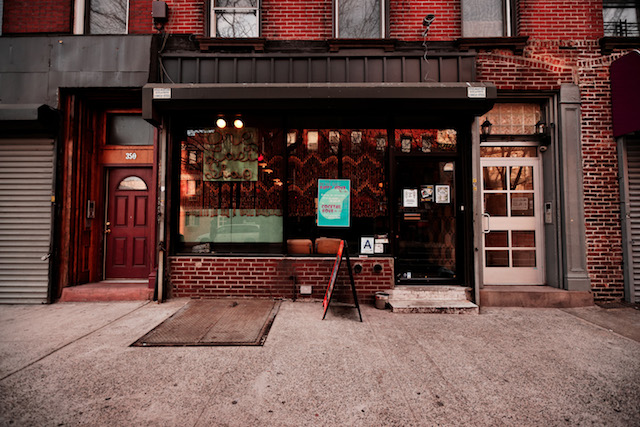“This process is broken! Let’s build something better!”. We all know this “app idea” moment, where we seem to figure out how to solve a problem by building an amazing app. Well, most likely it is going to fail, and not for the reasons you think.
Me and my friend were sitting on the pavement on Greene Avenue, all dressed up and completely confused. It was my last night in NYC and we were in a desperate need for a decent party, something to write home about, and we just didn’t know where to go. So my friend was shooting FB messages to all of his savvy friends and I was downloading every possible app with “Nightlife” in its keywords. They were all terrible, showing me way too much of irrelevant data. I just wanted to know which party, who plays, where and when.
Eventually, in a local Brooklyn bar (One Last Shag), me and my friend were discussing about the perfect nightlife app. Based on the user’s current location, it will show only nearby events that happen on the same day. Users would swipe left to pass, right to save. Tinder for nightlife. My friend was already sketching wireframes, I was refining our vision and the future never seemed brighter when I realized… we were in the utility zone.
Problem #1 with utilities: Triggers and frequency of use.
Music was pretty good at One Last Shag, although pretty banal. Alas every few tracks the DJ played a dope tune that I didn’t recognize. This was the trigger for me to pull out the perfect utility for the occasion: Shazam. This app is on heavy rotation on my phone because:
- I love music.
- I get constant reminders (triggers) to use it.
What are the triggers for using our nightlife app? Boredom, when in need for a good party, of course. But how often does that happen? In my case, a few times a year, usually when I’m out of town or having guests. Not enough for the app to gain momentum. If the app remains dormant during the rest of the year, chances are that I won’t even remember it exists when the time comes to use it.
What can be done?
- Choose a market where events are naturally recurring. A utility app based on the football league, for example, has better chances forming usability habits than apps based on sporadic use cases.
- Integrate a killer feedback loop in your app. read below to see how.
Problem #2 with utilities: No/lame feedback loop.
Many utilities simply don’t have feedback loops. Users get what they need from the app (information), and don’t give anything in return (picture, text, etc). This results in very low retention rates. People return to apps when they are curious about something, like finding out what new comments they got on their latest FB status. If every time they went in the app they’d find more or less the same, impersonal info, there’s no itch to scratch. Everything is predictable and not interesting.
What can be done?
Think of the feedback loop as the center of your app and ask yourself how can users get creative using your app. Having users write reviews in our nightlife app is a step in the right direction, but definitely not enough. There has to be more than that to create curiosity and unpredictability. Unleash their creativity and you’ll get rewarded with frequent visits. (Read about creating engaging feedback loops if you wanna know more).
Problem #3 with utilities: Discovery
Since utilities, especially those based on rare events like traveling, are even less sexy than a random hipster at One Last Shag, your app is probably not going to be the talk of the town. Hence discovery is a huge problem. Even potential users in need may download other, shitty apps, while your precious stays untouched.
What can be done?
- App store optimization (ASO). For utilities it is a make or break. Keywords are crucial. You should be analyzing and changing them continuously. Your app name is crucial. If nightlife is what it’s all about, using this word in the title is a good idea.
- Emphasize Sharing, make it an integral part of your feedback loop. If you can have your users share content from your app, organic downloads would come occur. Easier said than done, but if your utility is backed with a creative feedback loop, this goal is more likely to happen. People love sharing their creations.
By the end of the night, the music at One Last Shag turned shitty, and to the sounds of Calvin Harris we’ve decided to stop working on our nightlife app until we had ideas for better triggers, feedback loops and discovery. If you are working, or tinkering with, an idea for a utility app, I would highly recommend to take those issues in considerations early in production.
Now let’s hear you. What utilities do you use and how often?


Greate post. Killer title.
very nice post. thank you for sharing. most of the people don’t ask those kind of question about their new “killer app” that no one will use.